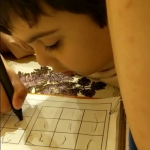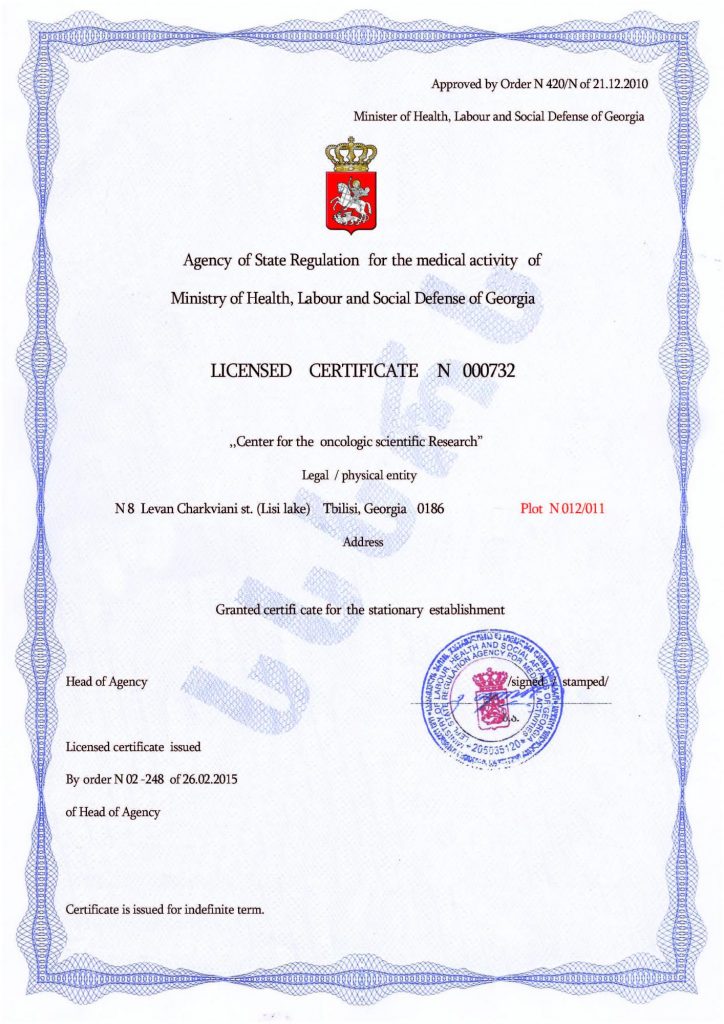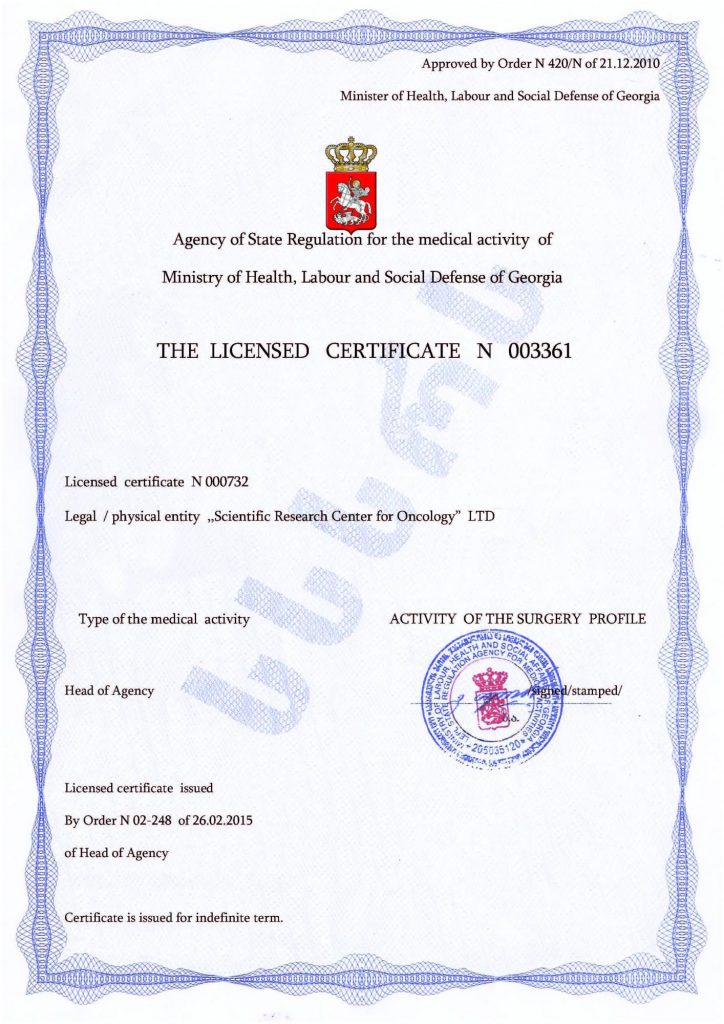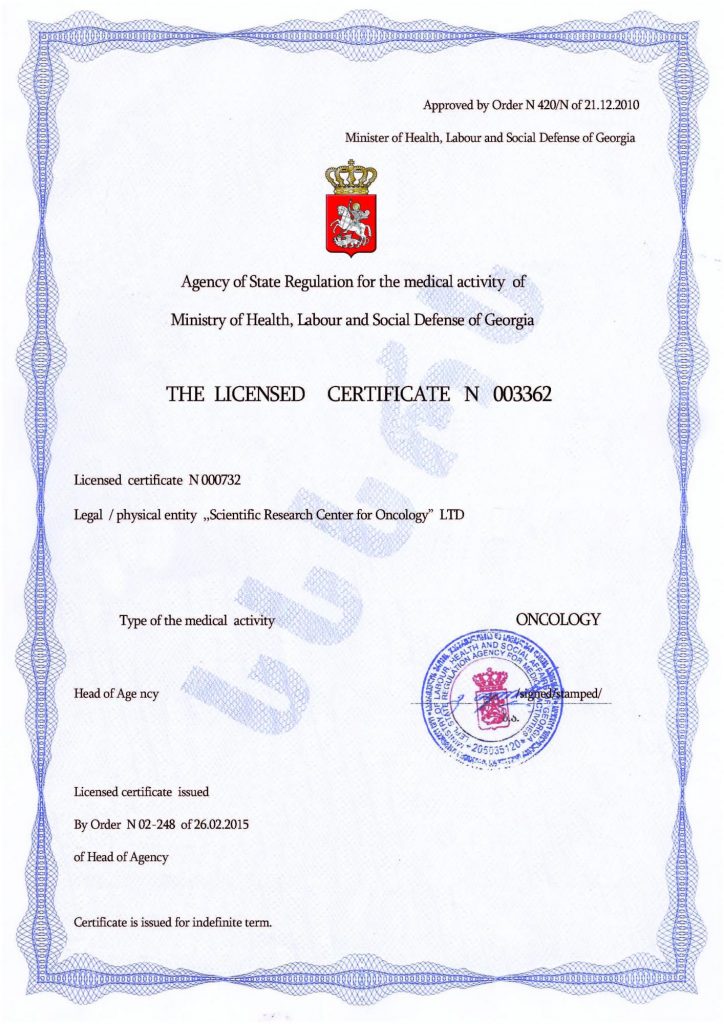Early Symptoms of Autism: When to See a Pediatrician?
Some signs of Autism Spectrum Disorder (ASD) can already appear in infancy. This is especially important, as the brains of babies and toddlers are still developing and highly adaptable, making early intervention particularly effective. Although diagnosing autism before age two can be difficult, early symptoms often emerge between 12 and 18 months — a critical period when timely therapy can potentially reshape brain development and reduce symptoms.
One challenge in recognizing autism is that its early signs often come from the absence of expected behaviors, rather than the presence of unusual ones. For example, a baby who seems quiet, independent, and undemanding might be perceived as well-behaved, when in fact they may be missing key developmental milestones.
Still, there are early warning signs that parents can spot if they know what to look for. Some children don’t respond to cuddles, don’t reach out to be held, and avoid eye contact during feeding. The key is learning to distinguish typical behavior from signs of delay.
Early detection matters because studies show that timely diagnosis and treatment lead to better outcomes. Unfortunately, autism is often diagnosed after age three, even though parents typically express concerns as early as 15 to 22 months. Symptoms vary: some children show unusual behaviors in infancy, others develop normally and then regress between 12 and 24 months.
You should consult a pediatrician if your child shows the following signs:
- By 6 months: no big smiles or joyful expressions
- By 9 months: no imitation of sounds or facial expressions
- By 12 months: no response to name, babbling, or simple gestures
- By 16 months: no spoken words
- By 24 months: no meaningful two-word phrases (excluding repetition)
Autism looks different in every child, but common characteristics include differences in social skills, communication, and behavior compared to neurotypical peers.
Social skills are often affected. Children may want to connect with others but struggle to know how. Signs can appear as early as 8–10 months, such as not responding to their name by age one, avoiding eye contact and physical touch, preferring to be alone, or not understanding emotional cues. Some may resist being held or helped when walking.
Communication challenges are also common. Around 40% of autistic children never speak, while others may lose early speech. Language development may be delayed, and children might speak in a flat tone or repeat phrases (echolalia). Some misuse pronouns, rarely use gestures, and struggle with conversation or understanding humor and metaphors.
Behavioral patterns may include repetitive movements (like hand-flapping or rocking), constant motion, strict routines, sensitivity to lights or sounds, selective eating, lack of pretend play, poor coordination, impulsivity, aggression, or trouble focusing for long periods.
These children benefit from early intervention programs tailored to support physical, cognitive, behavioral, and emotional development. The earlier support begins, the better the outcome.
Types of therapy include:
- Occupational therapy (fine motor skills, self-care)
- Physical therapy (balance, walking, coordination)
- Speech therapy (language, feeding)
- Psychological therapy (emotional regulation, social skills)
A multidisciplinary approach often speeds up progress, though finding the right combination may take time. In contrast, cell therapy has shown to be highly effective and broadly applicable, with positive effects soon after treatment.
Cell therapy involves transplanting the patient’s own stem cells, which reduces the risk of rejection. These cells can transform into healthy brain cells, replacing damaged ones. This natural, safe method stimulates recovery and improves brain and nervous system function. Results are often long-lasting, and in many cases, permanent.
Unlike supportive therapies that only reduce symptoms, cell therapy targets autism itself. As the damaged cells are replaced, both the signs and the core of the disorder may fade, allowing children to live fuller, more typical lives.
This promising approach is already in use at leading global clinics, including the Mardaleishvili Medical Center. The clinic’s experienced specialists use advanced equipment and offer high-quality care at more affordable rates than similar facilities abroad. They also help with travel arrangements and accommodations during rehabilitation if needed.
Don’t wait — cell therapy can help your child overcome autism and thrive.
Autism Treatment Center Videos
Autism treatment with own stem cells
Cord blood association congress
International Quality Crown
Autism Treatment Reviews
Autism treatment with own stem cells
The story of Alessandro (6 years old)
Autism Patient Testimonial - Stem Cell Treatment
Clients Testimonials

Feedback from Yulia, mother of Emily (7 years old) Read More
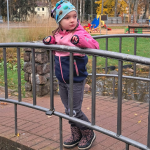
Feedback by Everita, Katrina’s mother (5 years old) Read More
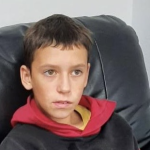
Feedback from Igor, David’s father (12 years old) Read More
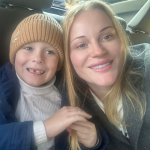
Feedback from Olga, Fedya’s mother Read More
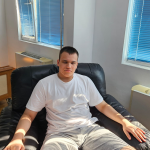
Feedback from Natalia, Radomir’s mother (15 years old) Read More
